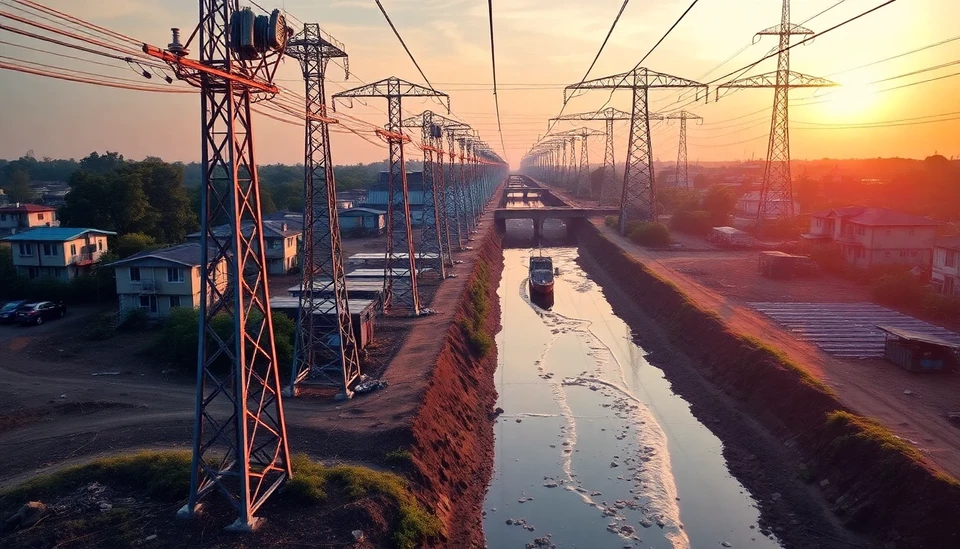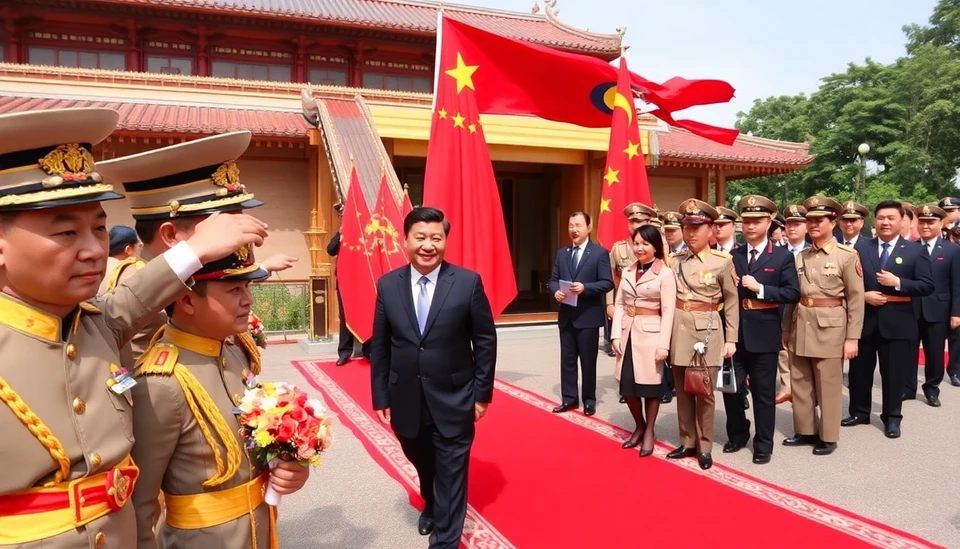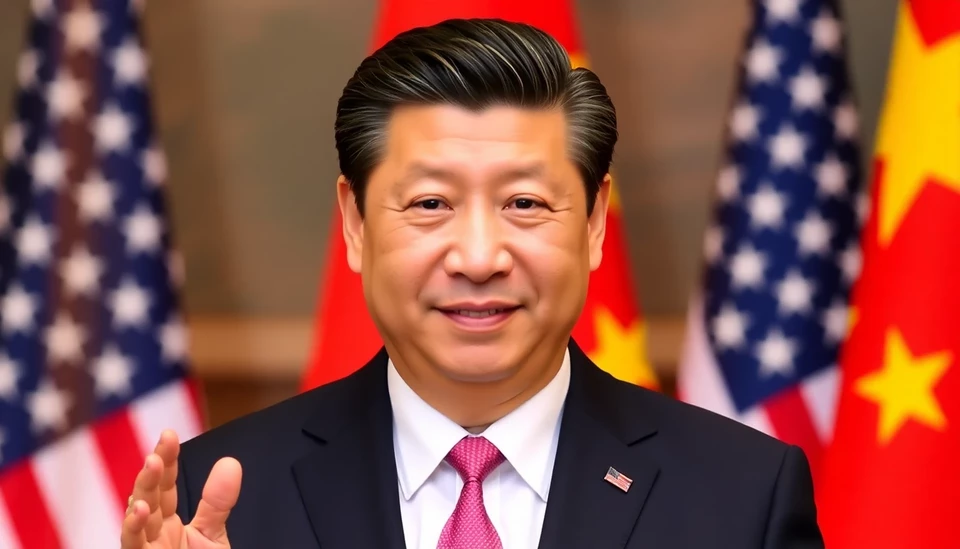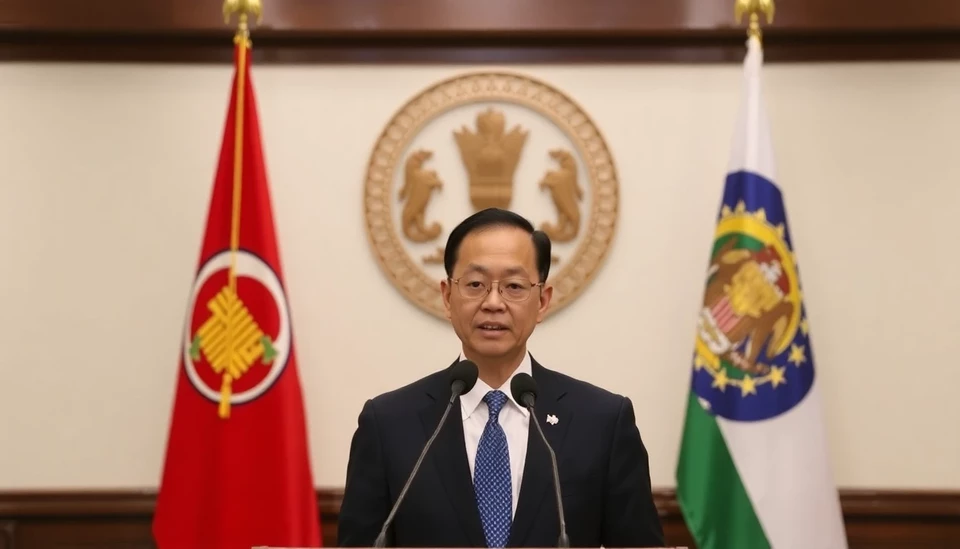
The Association of Southeast Asian Nations (ASEAN) is gearing up to address its pressing energy needs and climate goals with the ambitious vision of creating a supergrid. This initiative is critical for the region, which is grappling with the dual challenge of increasing energy demands and the urgent need to combat climate change.
ASEAN's population is expected to hit around 710 million by 2040, leading to an anticipated surge in electricity consumption. As the region's economies continue to grow, energy security and sustainability have become paramount. Current estimates suggest that in order to meet these challenges, ASEAN must invest trillions in its energy infrastructure over the next decade. The supergrid could serve as a solution by enabling the efficient transfer of renewable energy resources across borders, significantly reducing reliance on fossil fuels.
Experts argue that a supergrid is not just an energy infrastructure project; it represents a shift toward green energy that aligns with the global goal of reducing carbon emissions. It would facilitate the harnessing of various renewable energy sources, such as wind, solar, and hydropower, across different countries. This interconnected system would not only help balance supply and demand but also mitigate risks associated with energy shortages and price fluctuations.
The prospect of an ASEAN supergrid has garnered attention in recent summits, where leaders have been urged to adopt a collaborative approach to energy sharing. Countries like Indonesia, Malaysia, and Thailand are already taking steps towards laying the groundwork for this interconnected system. However, to realize this vision, significant policy reforms, investments, and cross-border agreements will be necessary.
By promoting policies that drive energy transition and encourage regional investments, leaders hope to create a sustainable and low-carbon future. Experts warn that without substantial coordination and commitment among the ASEAN nations, the ambitious goals set for renewable energy expansion may be difficult to achieve.
Moreover, the transition towards this supergrid aligns with international climate targets, particularly the Paris Agreement, committing to keep global warming below 1.5 degrees Celsius. For ASEAN countries, stepping up their renewable energy capabilities is crucial not only for regional energy security but also for fulfilling their climate commitments on the global stage.
In conclusion, the journey towards a supergrid in ASEAN is fraught with challenges but also filled with potential. By working together, ASEAN nations can lead the way in establishing a resilient energy network that meets both energy demands and climate goals, paving the way for a greener future in Southeast Asia.
#ASEAN #Supergrid #RenewableEnergy #ClimateChange #EnergySecurity #SustainableFuture #GreenEnergy
Author: Sophie Bennett




